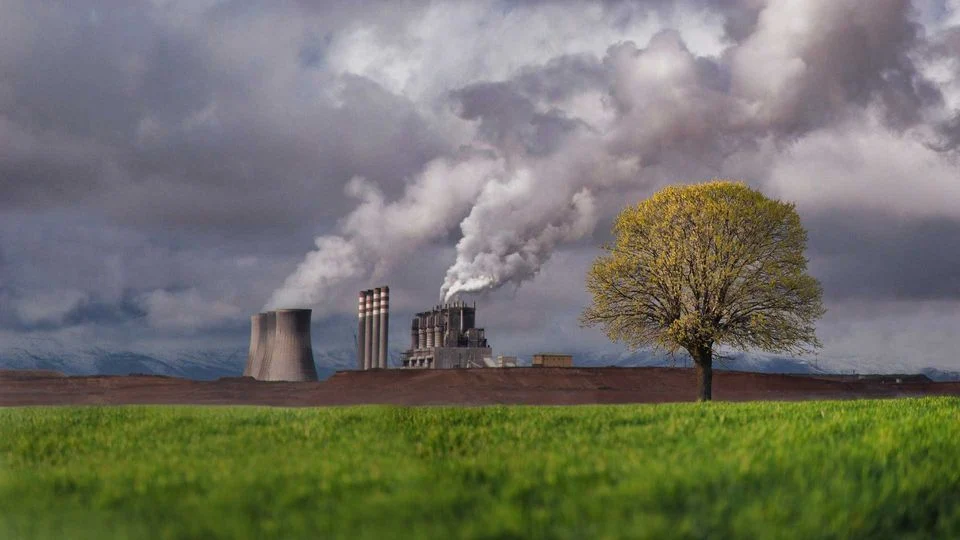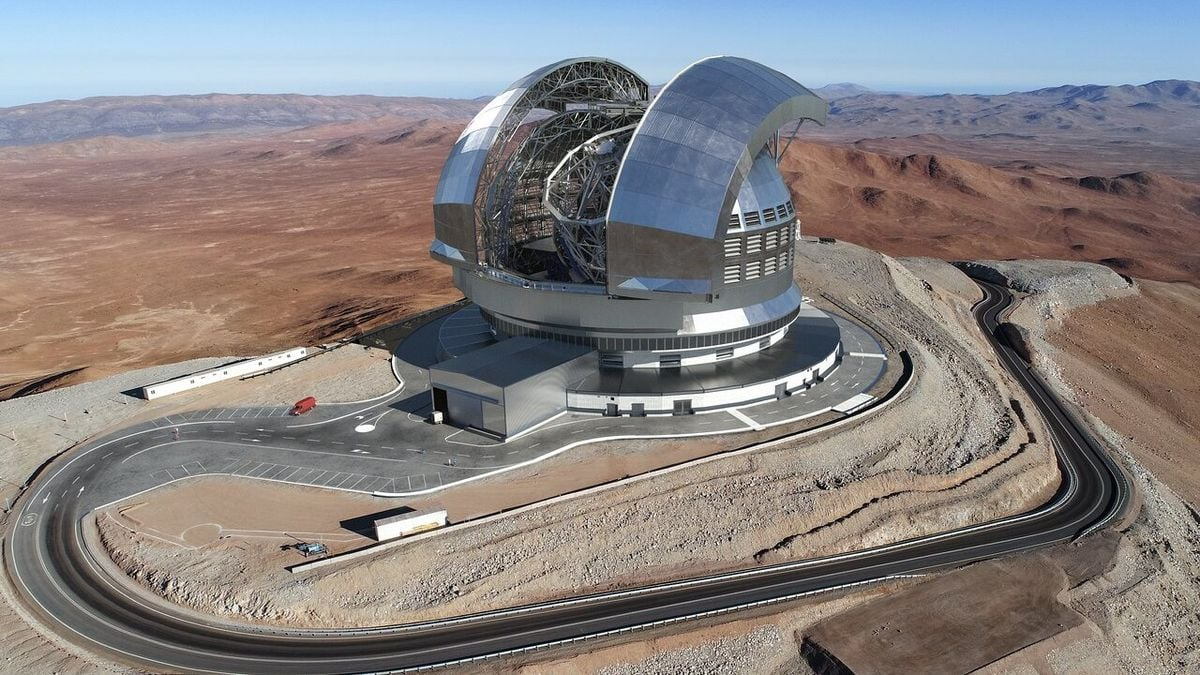Nitrogen dioxide (NO2) is air pollutant. It primarily arises from the combustion of fossil fuels such as coal, oil, and natural gas. Road traffic is the main contributor to outdoor NO2 levels. This pollutant poses serious health risks and has detrimental effects on agriculture. Recent studies have revealed the extent of its impact on crop yields in India, particularly for wheat and rice.
Formation and Sources of Nitrogen Dioxide
Nitrogen dioxide forms when fossil fuels are burned at high temperatures. It is one of several nitrogen oxides (NOx) contributing to air pollution. Major sources include vehicle exhaust, industrial emissions, and coal-fired power plants. The combustion process releases NO2 into the atmosphere, where it can persist and affect air quality.
Health Impacts of Nitrogen Dioxide
Exposure to nitrogen dioxide can lead to various respiratory issues. It causes inflammation of the airways, worsens cough and wheezing, and reduces lung function. Vulnerable populations, such as children and those with pre-existing respiratory conditions, are at an increased risk of asthma attacks and other health complications.
Agricultural Consequences
Recent research indicates that NO2 emissions impact agricultural productivity in India. The study found that nitrogen dioxide from coal power stations contributes to a decline in wheat and rice yields. Estimates suggest that crop losses due to NO2 could amount to nearly a billion dollars annually. This is critical for India’s food security, as wheat and rice are staple crops.
Statistical from Research
The Stanford study utilised a statistical model to analyse the relationship between NO2 levels and crop yields. It examined data from 144 power stations and satellite measurements of NO2 concentrations. The findings revealed that coal power plants affect NO2 levels up to 100 kilometres away from their location. This geographical influence marks the widespread impact of emissions on agriculture.
Mitigation Strategies
To address NO2 emissions, several mitigation strategies can be implemented. Effective range hoods that vent outdoors can reduce indoor NO2 levels. Proper ventilation during cooking and the use of alternative cooking appliances, such as electric and induction stoves, can further minimise emissions. Regulatory measures targeting coal-fired power plants are essential for reducing agricultural losses and health risks.
Economic Implications
The economic analysis within the study suggests that eliminating NO2 emissions from coal power stations could boost agricultural output. By reducing emissions during critical growing seasons, the value of rice and wheat production could increase by approximately $420 million and $400 million per year, respectively.
#NitrogenDioxide #AirPollution #CropYield #SustainableAgriculture #EnvironmentalImpact #PlantHealth #ClimateChange #AgriculturalScience #PollutionEffects #GreenFarming #ResearchAwards #ScienceFather
Social medias :
Our Website: https://civil-engineering-conferences.scifat.com/
Award Nomination: https://civil-engineering-conferences.scifat.com/award-nomination/?ecategory=Awards&rcategory=Awardee
Contact us: civil@scifat.com
Tumblr: https://www.tumblr.com/alicecivil2727
Facebook: https://www.facebook.com/civilengineeringaward/
Instagram: https://www.instagram.com/civilengineeringaward/
pinterest: https://in.pinterest.com/civilbulk2727/
Twitter: https://x.com/LilyS2727





